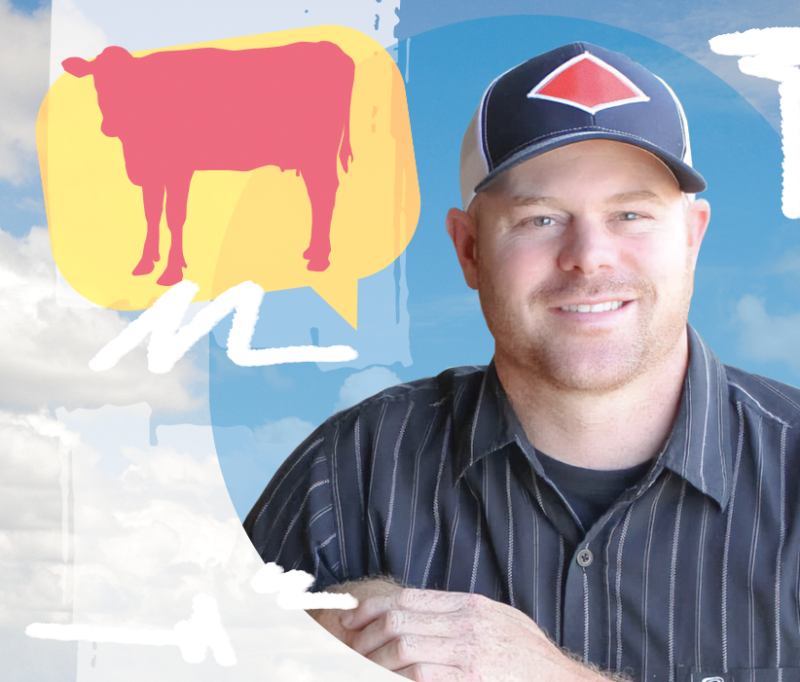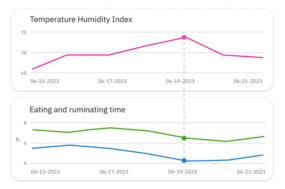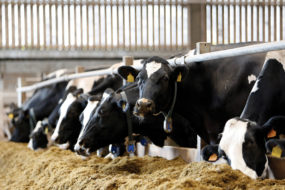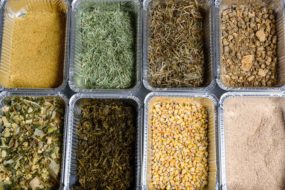It’s that time of the year in the Pacific Northwest; the tulips are in bloom, the geese have flown to northern Canada to deliver more political promises from Justin Trudeau, and the grass is ready to cut.
Silage season is my favorite time of year as the short days and dark nights ebb away into brighter, cheerier mornings and warmer, longer days. All around us, the world of plants is firing away with photosynthesis. Our role as dairy farmers, in many ways, is converting light energy through “plant solar panels” into edible cheese, ice cream, milk and beef. All of this leads us to the most important and pressing decision on the dairy farm in the spring – what silage inoculant should we be using?
The silage inoculant game is an interesting one in that it is the only product on a farm that is sold by everyone who sells products to a dairy. There is the official inoculant gal, the tractor guy, the dairy equipment gal, the semen company guy, the vet, the retired guy, the grain gal, the grain guy. The inoculant game is so filled up with people that the other day a girl from high school sent me a message saying I could start hosting inoculant parties, and if I get just six people to join my downline, I could be making a living selling inoculants from home.
Now this is not to disparage silage inoculant in any way. I’m a big believer in its ability to reduce shrink, prevent spoilage and reduce heat.
There are several ways to determine what inoculant is the best for you. Making your decision based on who provides the best lunch is always a standby. Looking to support the cutest sales gal has also been a historically proven method. I usually start by saying that I need to see a research paper from K-State and personally signed off on by the late, great silage guru himself, Keith Bolsen. When you have literally a billion options to create a product, it is fairly easy to produce literature with a title of “custom blended formula.”
Silage season, while also exciting in that it brings the promise of storing up feed for the winter months, also brings about some level of existential dread. Silage season also means silage tarping season.
In our area of the country, silos have become somewhat of a relic, as farmers tend to get frustrated when inevitably a silo chain would break and there was no way to feed your cows on a Sunday morning. This has led to silage piles scattering the landscape, and with it the reminder of many grueling hours as a child tarping grass and corn. Announcing that the silage needs to be tarped on the dairy would make people disappear faster than announcing immigration and customs had stopped by. I have many vivid memories of grabbing whole tires filled with rotten stinky silage juice and thrown into a loader bucket. Naturally, this juice would splash out and cover me in the world's worst cologne that was mostly responsible for an entire awkward high school experience where no girls wanted to talk to me.
Not to be outdone by this pleasant experience, the tires were often home to a family of rats that, if you forgot, were responsible for destroying nearly all of Europe. On top of all this, we had to hang onto a giant tarp that was blowing in a wind that had the ability to carry a soaking-wet 100-pound high schooler two counties over. Tarping day was always on the windiest day of the year; it’s science.
There was always something satisfying about seeing a huge pile of feed safely tucked away under the tarp and prepared to feed the cows in the coming months. This was usually followed up by pizza for everyone, which somehow tasted like butyric pizza and probably introduced my immune system to every bug known to man and is solely responsible for me never getting sick.
If you have a chance, check out the work of Dr. Bolsen at the Bolsen Safety Foundation.








